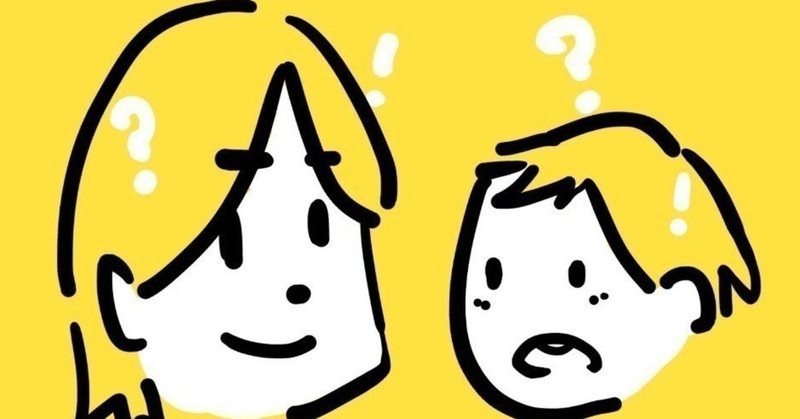
幼児特殊教育に関する理解度をチェキ!
ぽっくり参った〜(略してポクッター)ファウンダーの◯◯◯ッチででん!
ちな、ネタいじりだけ集約したマガジンもあるんで見逃しチェキっちょw
ドロン希望の方は、ココから他の理解度チェキにバシルーラしちまお〜ぅ。
♥。・゚♡゚・。♥。・゚♡゚・。♥。・゚♡゚・。♥。・゚♡゚・。♥。・゚♡゚・。♥。・゚♡゚・。♥。・゚♡
A new high school student is being assessed. He reads a 500 word text. He misreads 35 words. At what level is he reading?
❎ Unsatisfactory level
❎ Independent level
⭕️ Instructional level
❎ Merit level
♥。・゚♡゚・。♥。・゚♡゚・。♥。・゚♡゚・。♥。・゚♡゚・。♥。・゚♡゚・。♥。・゚♡゚・。♥。・゚♡
According to the Assistive Technology Act, assistive devices are:
❎ Electronic devices that support learning such as computers, calculators, student responders, electronic self-teaching books and electronic reading devices.
❎ Any mechanical, electrical or electronic device that helps teachers streamline efficiency.
⭕️ Any device that could help a disabled student in school or life functions.
❎ Experimental, high-tech teaching tools that teachers can obtain by participating in one of 67 government funded research projects.
♥。・゚♡゚・。♥。・゚♡゚・。♥。・゚♡゚・。♥。・゚♡゚・。♥。・゚♡゚・。♥。・゚♡゚・。♥。・゚♡
In the first week of school, a resource teacher asks her high school students to make lists of things they know how to do well. How is this activity most useful to the teacher?
❎ It is a formal assessment of prior knowledge.
⭕️ It is an informal assessment of their writing skills and gives the teacher an idea of each student’s interests and abilities.
❎ It invites further discussion of each student’s unique contributions and will help the class bond with mutual respect.
❎ It establishes a feeling of success in her students from the start.
♥。・゚♡゚・。♥。・゚♡゚・。♥。・゚♡゚・。♥。・゚♡゚・。♥。・゚♡゚・。♥。・゚♡゚・。♥。・゚♡
In the first week of school, a resource teacher asks her high school students to make lists of things they know how to do well. How could the teacher use the students’ lists in her lesson planning?
⭕️ All of these answer choices.
❎ She can use the lists when planning independent reading and research projects for each student.
❎ She can have the students exchange lists so they can find other students who share the same interests.
❎ On the last day of school, she can return the lists and ask the students to add the new skills they’ve learned, so they can see how far they’ve come.
♥。・゚♡゚・。♥。・゚♡゚・。♥。・゚♡゚・。♥。・゚♡゚・。♥。・゚♡゚・。♥。・゚♡゚・。♥。・゚♡
A seventh grader with mild intellectual disabilities is having considerable trouble with algebra. His stepfather is trying to help, but the more he drills the girl, the less she seems to understand. The teacher suggests:
❎ He calls a moratorium on at-home algebra work. The student is becoming less willing to work at school and the teacher is concerned she is losing confidence due to failure at home.
⭕️ He substitutes fun activities for math drills. Incorporating algebra blocks, math games, and applications of algebra to real-life situations will make math more fun and more relevant.
❎ He continues drilling and enhances with pop quizzes. It may take the student longer to understand algebraic terms, expressions and equations, but with hard work she will eventually learn them.
❎ He continues drilling but breaks the study sessions into no more than 3 five-minute periods per day.
♥。・゚♡゚・。♥。・゚♡゚・。♥。・゚♡゚・。♥。・゚♡゚・。♥。・゚♡゚・。♥。・゚♡゚・。♥。・゚♡
Augmentative and Alternative Communication (AAC) devices, forearm crutches and a head pointer are assistive devices that might be used by a student with:
❎ Minor skeletal birth defects
❎ Severe intellectual disabilities
⭕️ Cerebral palsy
❎ Tourette syndrome
♥。・゚♡゚・。♥。・゚♡゚・。♥。・゚♡゚・。♥。・゚♡゚・。♥。・゚♡゚・。♥。・゚♡゚・。♥。・゚♡
A four year old child has difficulty sorting plastic cubes, circles and triangles by color and shape, doesn’t recognize patterns or groups and doesn’t understand the relationship between little/big, tall/short, many/few. The child enjoys counting, but does not say the numbers in proper order nor recognize the meaning of different numbers. This child most likely:
⭕️ Has dyscalculia
❎ Has dysgraphia
❎ Is developing within an acceptable range
❎ Is exhibiting signs of intellectual disabilities
♥。・゚♡゚・。♥。・゚♡゚・。♥。・゚♡゚・。♥。・゚♡゚・。♥。・゚♡゚・。♥。・゚♡゚・。♥。・゚♡
Response to Intervention (RTI) is:
❎ An opportunity for a student to openly and freely respond to specific interventions without fear of reprimand.
❎ A formal complaint lodged by a parent or guardian in response to what they consider an intrusion by a teacher into private matters.
❎ Parents, classroom teacher, special education teacher and other caring persons stage an intervention to express how a student’s socially unacceptable behavior upsets them.
⭕️ A strategy for diagnosing learning disabilities in which a student receives research-supported interventions to correct an academic delay. If the interventions do not result in considerable improvement, the failure to respond suggests causal learning disabilities.
♥。・゚♡゚・。♥。・゚♡゚・。♥。・゚♡゚・。♥。・゚♡゚・。♥。・゚♡゚・。♥。・゚♡゚・。♥。・゚♡
Sixth graders Alfie and Honesty ride the same bus. Honesty constantly teases Alfie. Alfie is embarrassed because he believes she is berating him. The bus driver told their teacher it was possible that Honesty is actually interested in Alfie, but doesn’t express it well. The best form of conflict resolution would be for the teacher to:
❎ Take Honesty aside and explain boys don’t like overly aggressive girls.
❎ Take Honesty aside and teach her less embarrassing methods of getting a boy’s attention.
⭕️ Suggest to Alfie that if he is disturbed by Honesty’s teasing, he have a calm, assertive conversation with her and tell her he doesn’t like it and insist she stop.
❎ Explain to Alfie that Honesty probably teases him because she likes him and he should take it as a compliment.
♥。・゚♡゚・。♥。・゚♡゚・。♥。・゚♡゚・。♥。・゚♡゚・。♥。・゚♡゚・。♥。・゚♡゚・。♥。・゚♡
A special education teacher is creating a developmental history for a high school student. She wants to know when the teen reached certain behavioral, academic and developmental milestones. She should consult:
❎ The student. Involving him in the process will make him more interested in his progress.
❎ The student’s previous teachers. This information should be in the file.
⭕️ The parent or guardian because he or she has known the student from the beginning.
❎ The student’s doctor and therapist. These professionals know how to elicit and document this information.
♥。・゚♡゚・。♥。・゚♡゚・。♥。・゚♡゚・。♥。・゚♡゚・。♥。・゚♡゚・。♥。・゚♡゚・。♥。・゚♡
この記事が気に入ったらサポートをしてみませんか?
